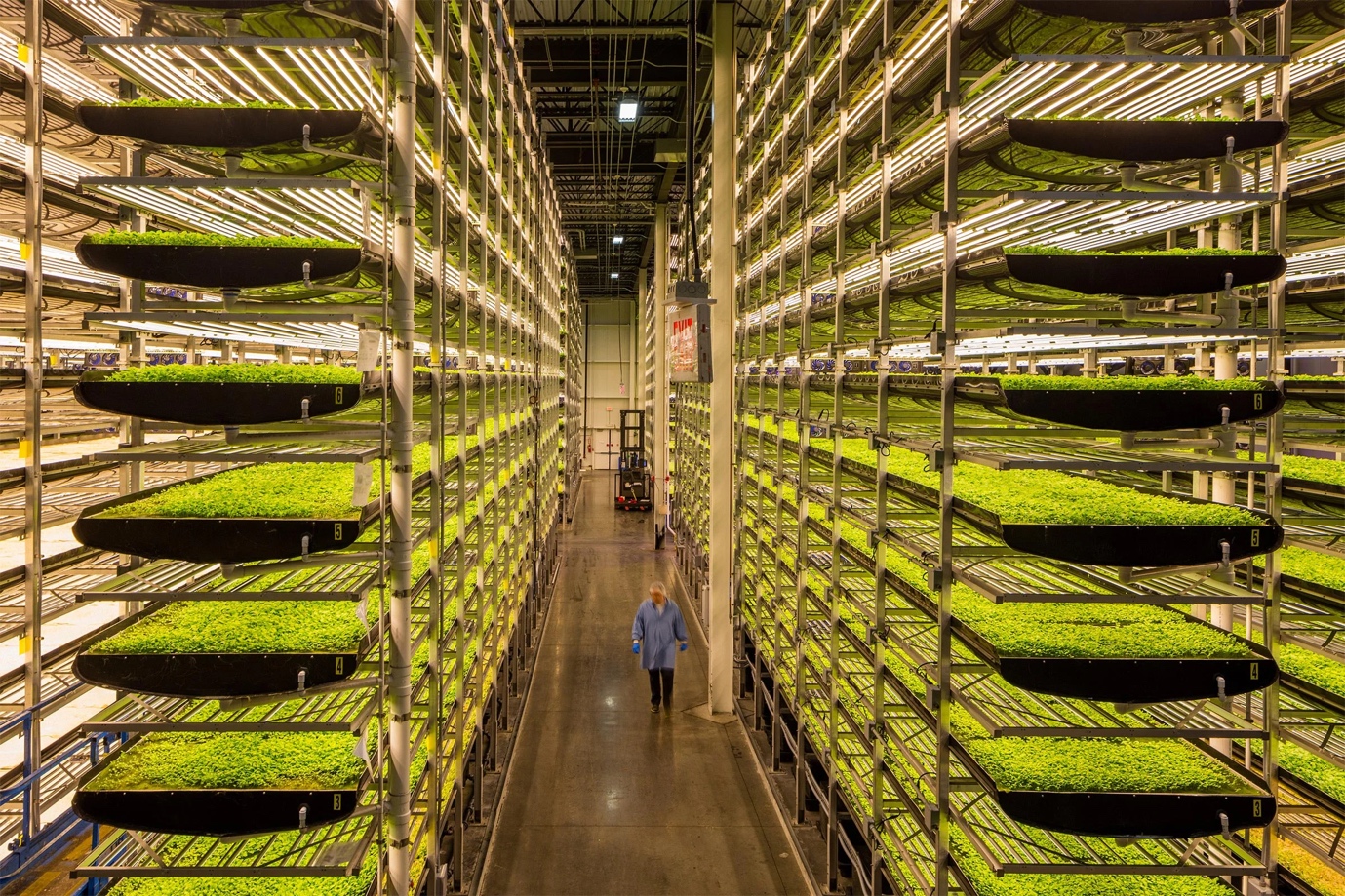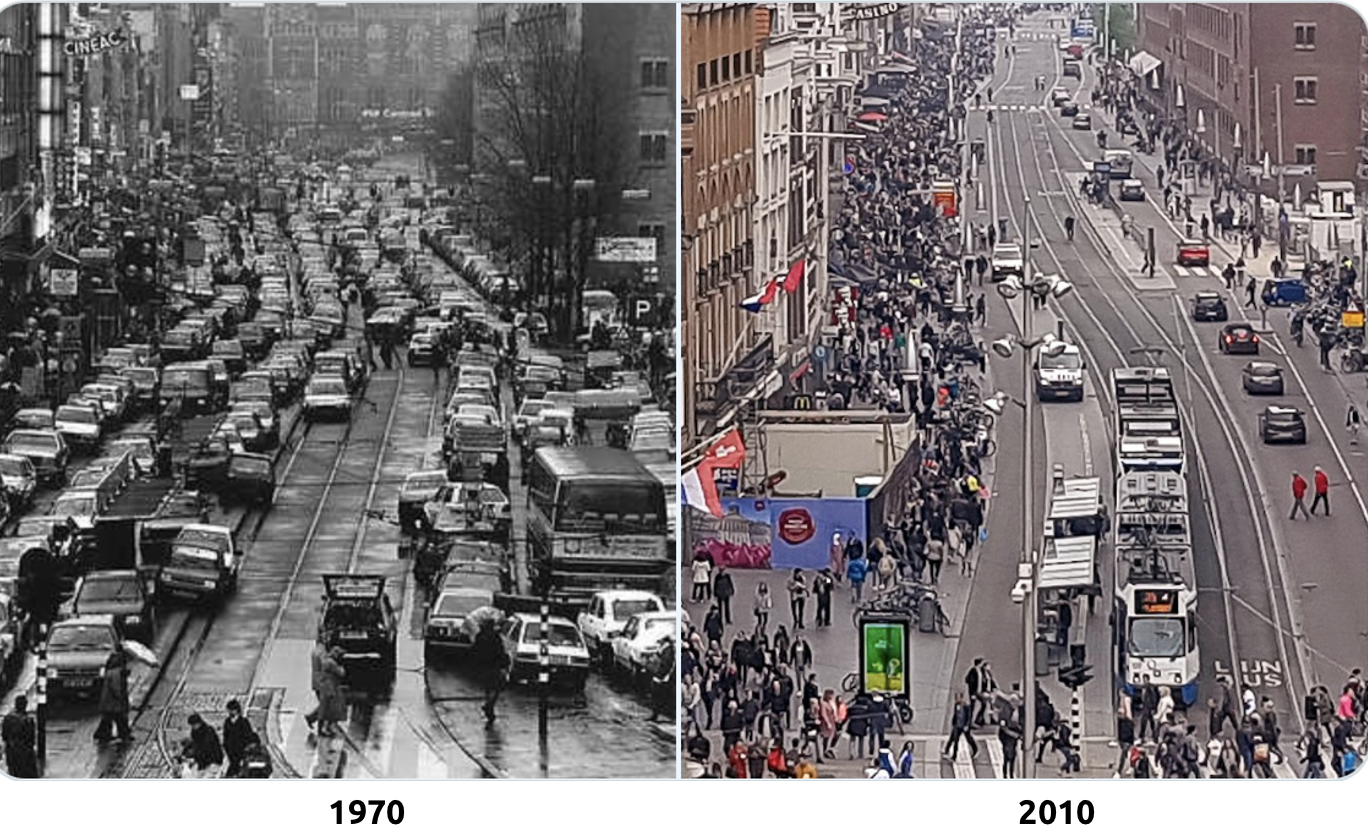Miqui writes*
While we are finding ways to recuperate from the current health crisis, another existential threat demands urgent action. In recent decades we have become kings of the world by dominating the natural environment. One of our instruments was the expansion of agriculture. Although agricultural production has become much more efficient in the use of the land (we need only 30% of the farmland relative to the production in 1961), agriculture now uses half of all habitable land, and it is estimated to be responsible for more than 20 % of the greenhouse gas emissions. An even more worrying prospect is that if we do not change the way we produce our food, we only have 60 years of farming left. Although conventional farming practices have spurred an extraordinary jump in our production efficiency, with this method we are simultaneously removing the foundation on which it all depends, a healthy soil and stable climate.
Instead of further explaining why the conventional farming poses an existential threat, I would like to look ahead and tell you about relatively new practice of food production that has the potential to significantly reduce the pressure we put on the natural environment. It is called vertical farming. NASA has been one of the first to explore this practice to potentially use it in their space missions, bringing us closer to what we see in science fiction. As the words already hint at, it is a practice that grows crops in vertically stacked layers. It often involves growing in soilless, highly controlled environments that optimize plant growth. As a result, it drastically reduces the need of inputs such as water and nutrients, eliminates the use of pesticides, has the potential to reduce emissions, and needs 10-20 times less land than conventional farming (WUR).

Besides the environmental need to shift some of our agriculture production indoors, it can also play a big role in food security. The pandemic has shed a light on how vulnerable our (food) supply chains are. With vertical farming we can bring our food production closer to our dense urban population to provide them with safe, sustainable, diverse and nutritious food.
Food supply diversity will also help cope with the imminent threat from climate change. Farmers over the world are already affected by more extreme weather events like prolonged droughts and intense rainfall, which destabilizes our global food networks. By growing crops in controlled environment, we protect our food production, guaranteeing quality food all year long independent of the weather, climate and any other extremes (Al-Chalabi 2015).
Critics argue that vertical farming is very limited in providing us the food security as it mainly produces leafy greens while other more calorie dense crops are less easily grown. Moreover, it could seriously distract us from transitioning to organic farming practices. It is true that we cannot feed the world with salad, and there is also a dire need to change conventional practices to organic ones. However, like any other global challenge, there are no one-size-fits-all solutions to the crisis in the food supply system. Vertical farming could work in harmony with organic agriculture and at the same time return some of our farmland to its original ecological function.
Bottom Line: We have to start treating earth like an enormous space ship because our (natural) resources are finite. Treating it like anything else will eventually lead to the destruction of our species.
* Please help my Environmental Economics students by commenting on unclear analysis, alternative perspectives, better data sources, or maybe just saying something nice :).






